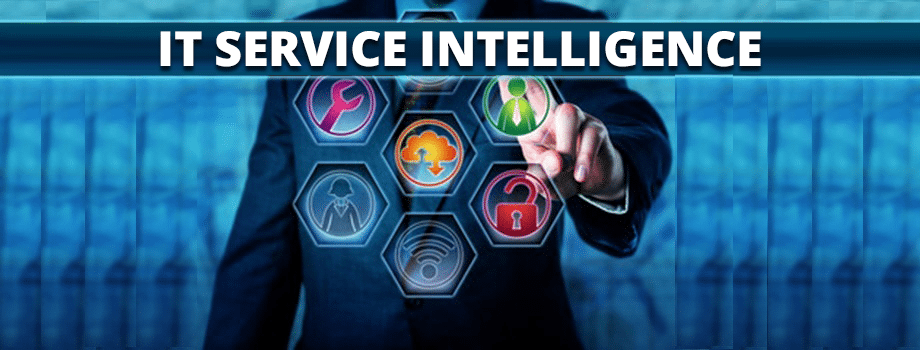
IT Service Intelligence – Get More Insight
Your infrastructure is critical to business success. It’s complex, always on and subject to increasing demands from users for rapid delivery and 24×7 availability. Downtime is an issue that users find hard to accept and service level agreements can prove punishing if you hit availability problems.
The problem is that it takes just one small component of a complex system to fail and you’re in trouble. So, how do you monitor the health of your infrastructure so you can respond quickly to any problems? Better still, how can you stay ahead by dealing with problems proactively before they impact users?
Monitor Regularly
The challenge is to monitor the health of all infrastructure components and their dependence. You need a comprehensive process in place to ensure you cover all aspects of the assessment. You also need consistency. That means documented, repeatable procedures for data collection, processing, analysis and reporting.
Monitoring regularly will ensure that infrastructure information is always up to date and takes account of any late changes.
Automate Monitoring
Automated tools are essential to ensure the speed and accuracy of information reporting. They reduce the risk of human error and provide an accurate basis for assessment. Automated tools can reduce the time taken to carry out monitoring and assessment, cutting the burden on IT teams.
VTG’s ZENfra tool, for example, reduces the complexity of data capture. It collects data from log files, processes the data and provides customized reports. With metrics in place for different components, it’s easier to get a clear view of any emerging problems.
Monitor the Cloud
If you operate infrastructure in a data center and in the cloud, you need information from both sources on a common monitoring platform. Cloud service providers can provide you with service data such as network, system integrity and storage KPIs. By taking this data and integrating it with the metrics from your data center, you can get a single picture of the health of your infrastructure and isolate the location of any problems.
Incorporate User Experience
User experience is a strong indicator of infrastructure health, so it’s important to obtain and take account of user feedback. Users who reports slow loading speeds, for example, may indicate a problem with cloud services.
Before launching an application, you can use end user experience monitoring tools to assess the potential user experience. The tool helps identify potential bottlenecks in resources. They can also forecast performance by load testing under various traffic levels. When the application is live, you can use the tools to monitor end user experience and improve performance by tracking and analyzing the experience of individual users.
Take Action
The insight available from infrastructure assessment and monitoring should form part of an action plan. The plan should cover any recommended changes, remediations or improvements to deal with urgent problems or improve infrastructure performance, availability, responsiveness and costs.
Find out more
If you would like to know more about our services, please check out the articles and infographics on our website.
